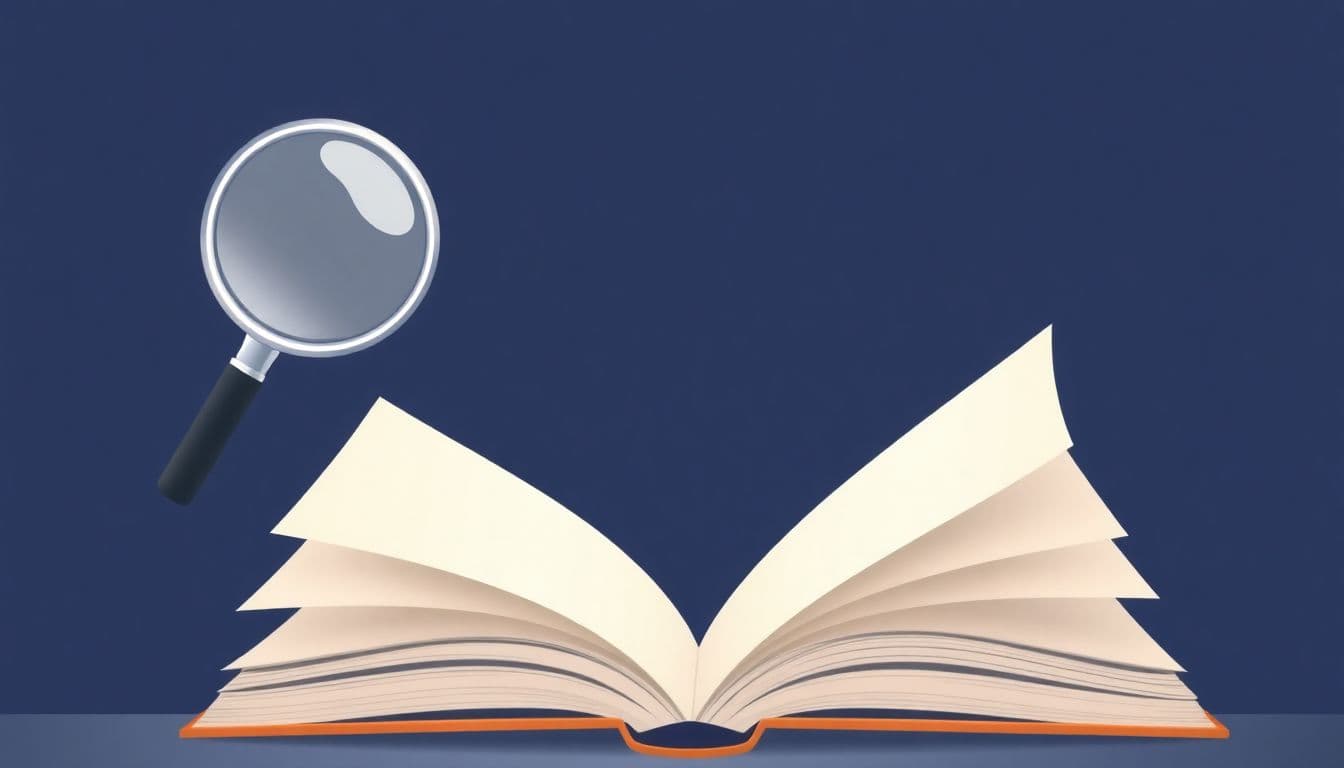Table of Contents
If you’ve ever tried creating a magic system and felt stuck, you’re not alone. Making magic feel real and fun without it taking over your story can seem tricky. But don’t worry—we’ve got a simple plan that can help you build a cool, balanced system that fits your story perfectly. Keep reading, and you’ll get steps to make magic rules that make sense and add excitement to your world.
In this quick guide, I’ll walk you through choosing what magic can do, who can use it, and what limits you need. You’ll learn how to connect magic to your story’s themes and keep it interesting with clear rules and risks. Before long, you’ll have a magic system that’s both awesome and easy to manage in your writing.
Key Takeaways
Key Takeaways
- Start by defining what magic does in your world, including how it’s accessed and what powers it provides, ensuring it serves the story and characters.
- Decide who can use magic and how common they are, along with how society views these magic users, shaping your world and conflicts.
- Set clear rules and limits for magic, like resource costs or conditions, to keep it balanced and interesting.
- Incorporate dangers and consequences for magic use, such as physical tolls or social fallout, to prevent it from feeling like a cheat.
- Connect magic to your world’s culture, history, and themes to make it feel natural and meaningful within your story.
- Test and refine your system by trying it in different scenarios, fixing inconsistencies, and adjusting rules to keep your magic balanced and story-rich.

1. Decide What Magic Does in Your World
Start by figuring out what magic is actually good for in your story—does it heal wounds, empower warriors, or help characters communicate across distances?
Think about how magic is accessed: is it through spoken words, specific gestures, or do certain people just have it built into their blood?
Identify what fuels magic: is it mana, a person’s life force, or perhaps external sources like enchanted artifacts?
Make sure your magic has a clear role in your world—if it’s just there for show, it might not add much to your plot or character development.
For example, in a world where magic is mainly used to create deadly storms, it shapes the conflict and the characters’ motivations around controlling or avoiding it.
2. Decide Who Can Use Magic and How
Are magic users rare gifted individuals, students in a magical academy, or do they inherit their powers from family lines?
Differentiate between types of magic users—wizards, sorcerers, or even magical creatures like dragons or fairies.
Set a baseline for how common magic users are—are they city-famous, or so rare that only legends talk about them?
Think about how society views these magic users: are they revered, feared, or oppressed?
For example, in some stories, only royalty can wield certain spells, which affects societal hierarchy and plot twists.
3. Create Clear Rules and Limits for Magic
Set specific boundaries—does casting a spell drain the caster’s energy, require rare materials, or need certain conditions?
Describe how magic is cast: are rituals necessary, or can it be done silently with a thought?
Having limits helps prevent magic from becoming a plot cheat and keeps your story engaging.
Use constraints creatively—maybe a character must choose between saving someone or performing a powerful spell, creating tension.
For example, a magic system where each spell consumes a limited resource, like a special gemstone, pushes characters to think carefully about when and how to use their powers.

4. Dangers and Consequences of Using Magic
Magic isn’t just about cool powers; it often comes with real risks that can make your story more gripping.
If a character pushes too hard or breaks the rules, they might face physical or mental backlash—like burns, exhaustion, or insanity.
Sometimes overapplying magic can cause social fallout, such as being hunted, ostracized, or cursed by others.
Think about what happens if a spell goes wrong—does it backfire, summon a monster, or leave a scar?
Establishing these dangers keeps magic from feeling like a cheat code, forcing characters to weigh their choices carefully.
For example, a spell that drains a character’s life force creates a natural limit, making every use of magic feel like a risk.
Adding consequences also allows you to show how characters learn to respect or fear their powers over time.
5. Connecting Magic to Your Story and Worldbuilding
Magic should feel like a natural part of your world, influencing its culture, history, and conflicts.
Think about how magic shapes societies: do wizards sit on councils, or is magic wielded by rebellious groups?
Use stories, traditions, and myths to embed magic into everyday life—like festivals, rituals, or curses passed down through generations.
For example, in a kingdom where magic is tied to water, river festivals or sacred pools might be central to their culture.
Align magic with your story’s themes—if power corrupts, show how those who wield it struggle with greed or morality.
This connection makes magic feel more real and meaningful, rather than just a random tool for your characters.
Remember, the goal isn’t to overshadow your plot but to have magic support and deepen your story’s layers.
6. Testing and Fine-Tuning Your Magic System
Once you’ve designed your magic, try it out in different scenarios to see if it holds up naturally.
Ask yourself: does the magic create interesting obstacles or solutions?
If it feels overpowered or too weak, tweak the rules—maybe reduce how often or how easily it can be used.
Play “what if” games: what happens if a character uses magic in a crowded city versus a desolate wilderness?
Look for inconsistencies—if a spell works differently depending on who’s casting it, clarify those rules.
Get feedback from others or do a quick rewrite to smooth out any confusing parts.
Remember, a flexible system that can evolve keeps your story fresh and avoids letting magic become a story crutch.
A simple, well-balanced magic system can grow with your story, allowing new magic ideas to fit naturally into your world.
FAQs
Magic can be used for healing, combat, communication, or other functions. Decide how characters cast or access magic and what powers it—like mana or life force—to ensure it supports your story’s themes.
Define the types of magic users, such as wizards or magical creatures, and determine how common they are. Consider how their existence impacts society and character roles within your story.
Set boundaries like costs, resources, or rituals. Clear limits help build tension and encourage creative solutions, making magic more interesting and balanced in your story.
Using magic can have physical, mental, or social risks, especially if rules are broken or overused. These dangers increase stakes and influence how characters decide to use magic wisely.



